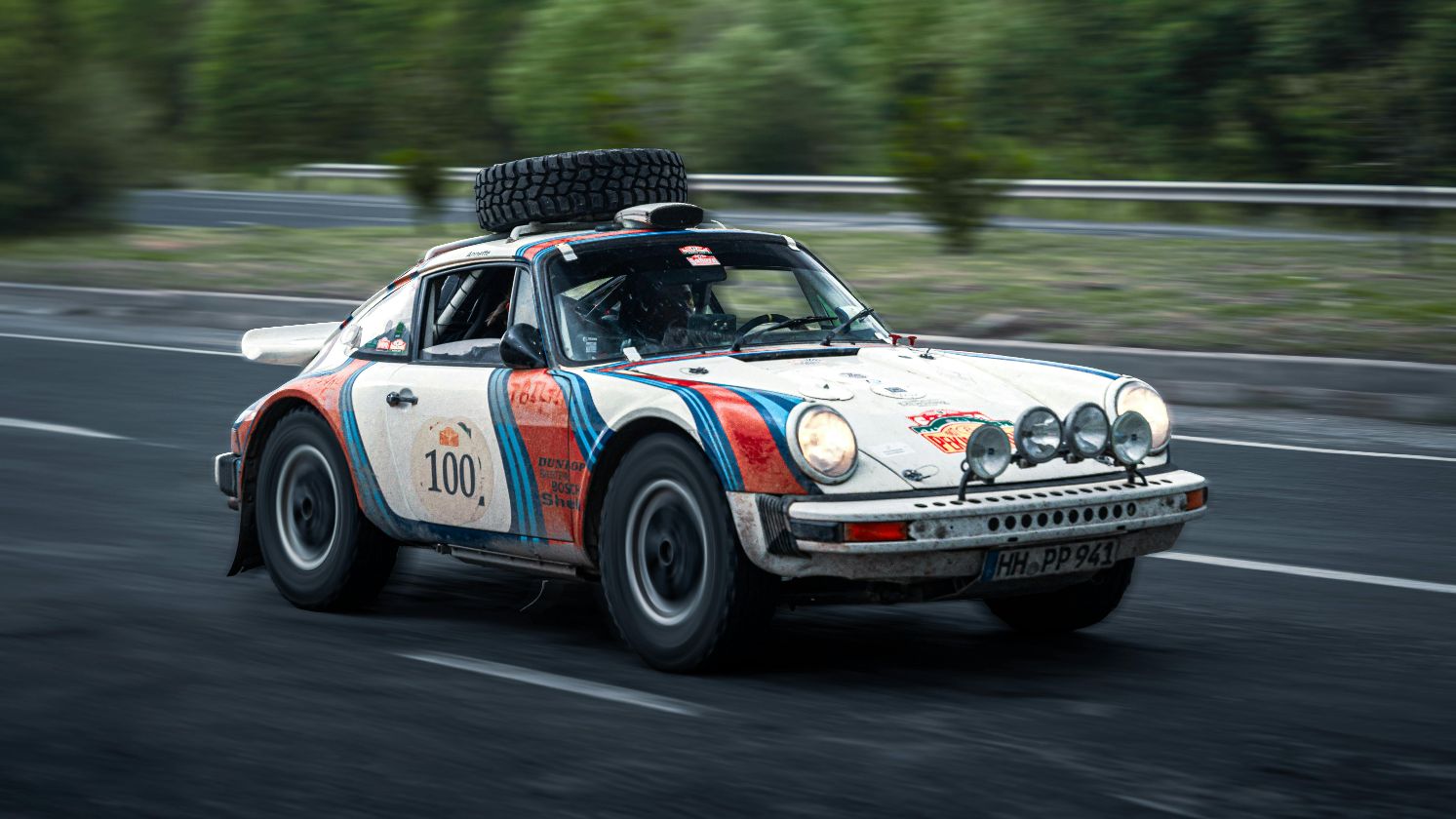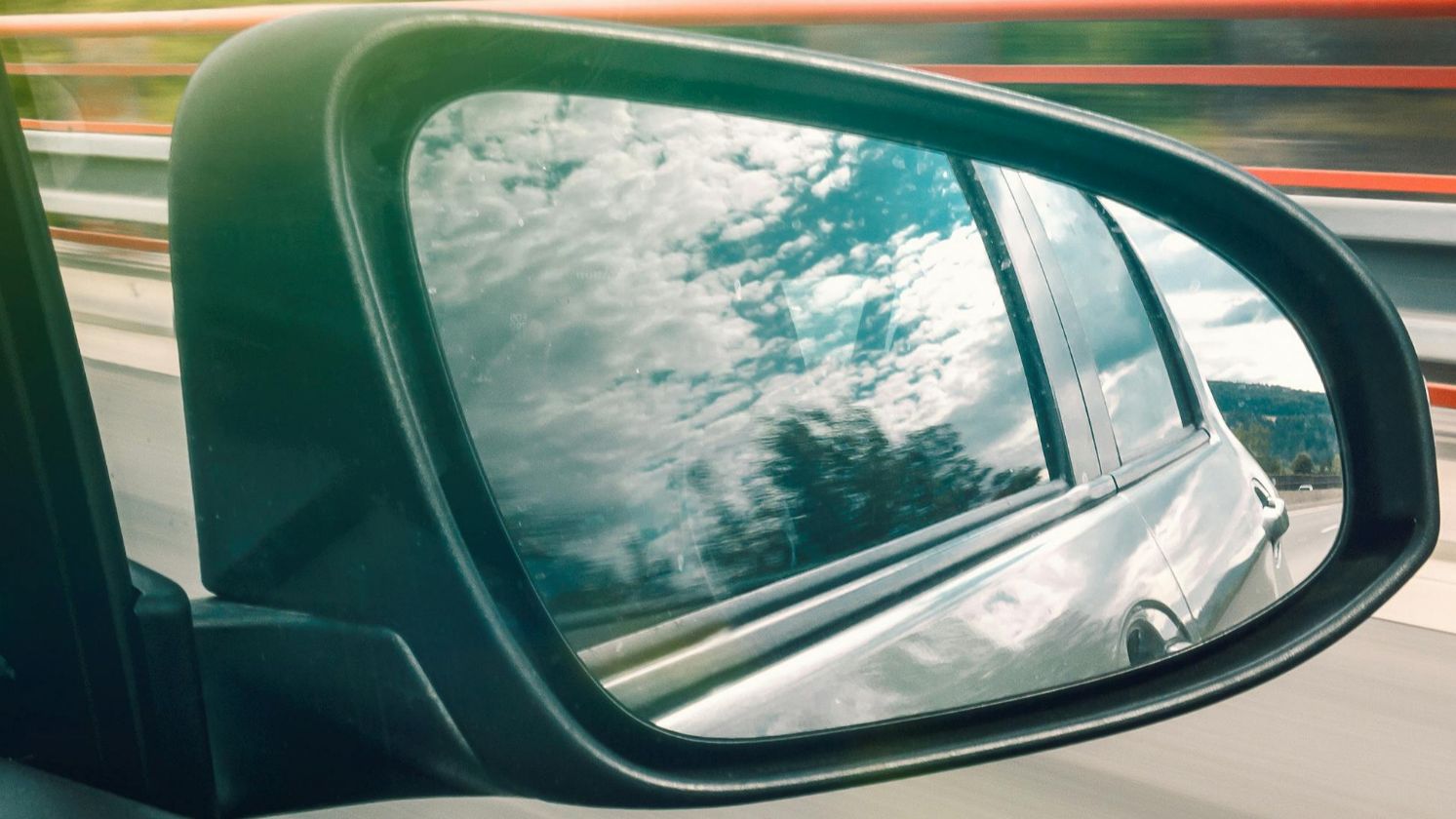When Innovation Went Wrong
The 1980s gave us turbocharged dreams and digital dashboards, but not every vehicle was a winner. Many automakers scrambled to meet new emissions standards and changing consumer tastes. As a result, innovations misfired badly, giving us these 20 cars that became infamous for their poor performance or baffling design decisions.
1. Yugo GV (1985–1992)
Imported from Yugoslavia and sold for under $4,000, the Yugo GV became synonymous with poor quality. Its 55-horsepower engine struggled with highway speeds, and Consumer Reports called it a “barely assembled bag of nuts and bolts.” These reliability issues resulted in low sales and U.S. import restrictions.
2. Cadillac Cimarron (1982–1988)
General Motors rebadged a Chevy Cavalier, slapped on a Cadillac badge, and priced it like a luxury sedan. Underwhelming power, poor handling, and inadequate insulation betrayed the brand’s reputation. Additionally, Cadillac’s credibility took a serious hit, and the Cimarron is still considered a textbook badge-engineering blunder.
3. Renault Alliance (1983–1987)
AMC’s Renault Alliance was built in the U.S. and praised early for its ride and fuel economy. Reliability, however, became its downfall, with electrical problems becoming rampant. Despite winning the 1983 Motor Trend Car of the Year, resale values plummeted by the late 1980s.
4. Pontiac Fiero (1984–1988)
GM marketed it as a sporty mid-engine car, but the base Fiero was equipped with an Iron Duke engine that produced barely 92 horsepower. Worse still, some early models had poor oil circulation, which led to engine fires. By the time improvements came, consumer confidence had already waned.
 Greg Gjerdingen from Willmar, USA on Wikimedia
Greg Gjerdingen from Willmar, USA on Wikimedia
5. Maserati Biturbo (1981–1989)
With twin turbochargers and Italian styling, the Biturbo sounded promising on paper. In reality, it was plagued with mechanical and electrical failures. Another pressing concern was engine reliability, particularly with weak cylinder heads that led to performance degradation and a significant decline in U.S. sales.
6. Chevy Citation (1980–1985)
The Chevy Citation was hyped as GM's front-wheel-drive future. However, owners quickly discovered brake issues and transmission failures. Additionally, thousands of complaints were sent to the National Highway Traffic Safety Administration, prompting GM to recall over 300,000 units.
 Herranderssvensson on Wikimedia
Herranderssvensson on Wikimedia
7. Alfa Romeo Milano (1987–1989)
Alfa Romeo’s Milano featured rear-wheel drive and a rear-mounted gearbox. Still, that couldn’t save it from relentless woes. Its electronics were glitchy, and cabin materials deteriorated fast. Also, parts were hard to source in America, and the brand exited the U.S. market in 1995.
8. Dodge Omni GLH (1984–1986)
The Dodge Omni GLH was associated with Carroll Shelby and boasted turbocharged performance. Yet, the lightweight chassis couldn't fully handle the power, leading to unstable handling at high speeds. Though it has a cult following today, many drivers feel the GLH was too raw for its era.
9. Ford EXP (1982–1988)
Essentially a two-seat Escort, the Ford EXP was supposed to be sporty but felt sluggish instead. Its styling didn’t match its performance, which was affected by its enormous weight. Ford tried several revamps, including a turbo version, but sales never recovered from the underwhelming early models.
10. Subaru XT (1985–1991)
This wedge-shaped coupe appeared futuristic. The sad part? Its engines were underpowered and consumed a lot of oil. The car’s confusing dashboard controls and hard-to-repair electronics turned off buyers. Despite its unique styling, the XT left the U.S. market quietly, replaced by more conventional models.
 Dogs.barking.duster.rolling on Wikimedia
Dogs.barking.duster.rolling on Wikimedia
11. Chrysler TC By Maserati (1989–1991)
A troubled joint venture, the Chrysler TC aimed for Italian flair. It shared some similarities with the Dodge Daytona but was built on a modified Chrysler K platform. Soon, engineering disagreements led to production issues, and the 4-cylinder turbo engine lacked refinement.
12. Suzuki Samurai (1985–1995)
The Samurai was marketed as an affordable off-roader. Yet, a Consumer Reports test labeled it dangerous due to its high center of gravity and narrow stance. Sales nosedived after lawsuits and negative press, and by the early 1990s, the Samurai’s reputation was irreparable.
 Greg Gjerdingen from Willmar, USA on Wikimedia
Greg Gjerdingen from Willmar, USA on Wikimedia
13. Hyundai Excel (1986–1989)
Hyundai’s first U.S. model came cheap and felt even cheaper. The Excel suffered from poor build quality, weak engines, and a host of mechanical failures. Although initial sales soared due to the price, the car’s reputation later deteriorated, and its resale value dropped within a few years.
14. Pontiac 6000 STE AWD (1988–1991)
GM wanted a tech-forward mid-size car, but the Pontiac 6000 STE AWD failed to meet expectations. Its advanced systems, like all-wheel drive and a digital dashboard, were well-designed but costly to maintain. Also, limited production numbers made its parts scarce.
 1989 Pontiac 6000 STE AWD 1 Owner 85k Miles 4X4 All Wheel Drive by Cereal Marshmallows
1989 Pontiac 6000 STE AWD 1 Owner 85k Miles 4X4 All Wheel Drive by Cereal Marshmallows
15. Renault Fuego (1982–1985)
The Fuego was one of the first cars with a remote locking key fob, but only a few U.S. drivers stuck around to appreciate it. This model became infamous for its inadequate dealer support. Even with a good design, the car couldn't keep up because its electronics were quite troublesome.
 Kieran White from Manchester, England on Wikimedia
Kieran White from Manchester, England on Wikimedia
16. Daewoo LeMans (1986–1994)
Marketed in the U.S. as the Pontiac LeMans, this compact car was poorly built. Its clunky manual transmission and weak engine turned off many buyers. What was worse? Frequent rusting and mechanical failures, even in newer units. The Korean import tarnished Pontiac’s and Daewoo’s reputation in North America.
 Restoring Opel Kadett/Daewoo Lemans/ Pontiac Lemans in 12 minutes by DexBros Customs
Restoring Opel Kadett/Daewoo Lemans/ Pontiac Lemans in 12 minutes by DexBros Customs
17. Merkur XR4Ti (1985–1989)
Ford introduced this European import under the Merkur badge, hoping to rival BMW. Instead, people got quirky styling and complex maintenance needs. The turbocharged engine frequently overheated, and parts were hard to find. Poor branding and reliability issues led to the brand’s quick demise.
 dave_7 from Lethbridge, Canada on Wikimedia
dave_7 from Lethbridge, Canada on Wikimedia
18. Sterling 825 (1987–1991)
A British take on the Acura Legend, the Sterling 825 used Honda’s reliable V6 but paired it with dreadful Rover electronics and a fragile interior in some models. Consequently, sales dropped sharply, and Rover pulled the brand from the U.S. market within a few years.
 Kieran White from Manchester, England on Wikimedia
Kieran White from Manchester, England on Wikimedia
19. Dodge Diplomat (1980–1989)
The Diplomat, boxy and uninspired, was a relic by mid-decade. Chrysler kept it around for fleet and police use, but civilian buyers avoided it. The car’s handling was outdated, and fuel efficiency lagged behind imports. By its final year, the Diplomat was mostly relegated to government use.
20. Volkswagen Quantum (1982–1988)
VW Quantum never found its niche despite being positioned above the Golf. There was no styling, just inconsistent build quality, especially in early models. Moreover, vacuum hose issues plagued the fuel injection system. Even with a niche following, the Quantum ultimately got replaced by the more reliable Passat.



















